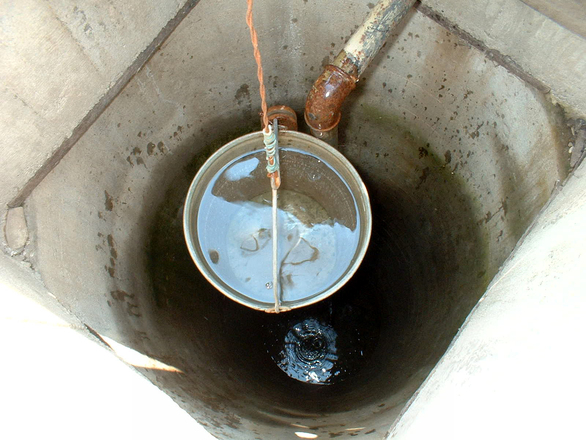This blog was prepared by Andrea Sospenzo, a sophomore at the University of North Carolina. Andrea is the Outreach Assistant for the Environmental Finance Center.
Much of the dialogue around the nation’s water and wastewater infrastructure needs focuses on the enormous estimates associated with repairing and rehabilitating existing systems. But for some families, the challenge hits much closer to home. For them, the obstacle has less to do with the billion-dollar cost of fixing our nation’s existing water systems, and much more to do with the cost of running water lines from existing systems to their neighborhoods.
Extending water lines to rural areas and small neighborhoods that are adjacent to areas currently served by a local water utility can be surprisingly challenging, particularly when the utility is a municipal water system and the unserved area is outside of the city’s boundaries. These underserved communities are home to people who would like to receive water service from the local utility, but have been unable to convince the utility to extend water lines to their neighborhoods. In some cases, homes are served by private wells with contaminated groundwater, endangering the health of the residents and increasing the urgency of finding a solution.
As with any environmental issue, the challenges associated with bringing water service to underserved communities are diverse. In some cases, the major obstacle is technical or policy driven (for example, some cities refuse to provide services to areas unless they agree to become part of the city). But as we often find in our work, in many cases the main obstacle is figuring out who should pay for the costs of the extension.
Continue reading




